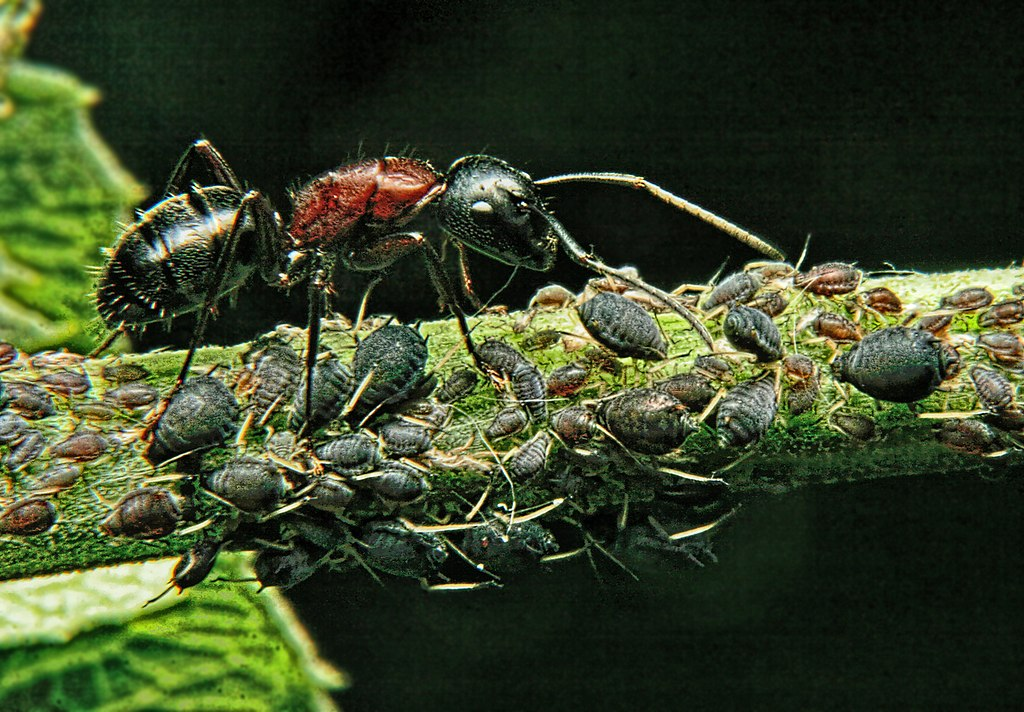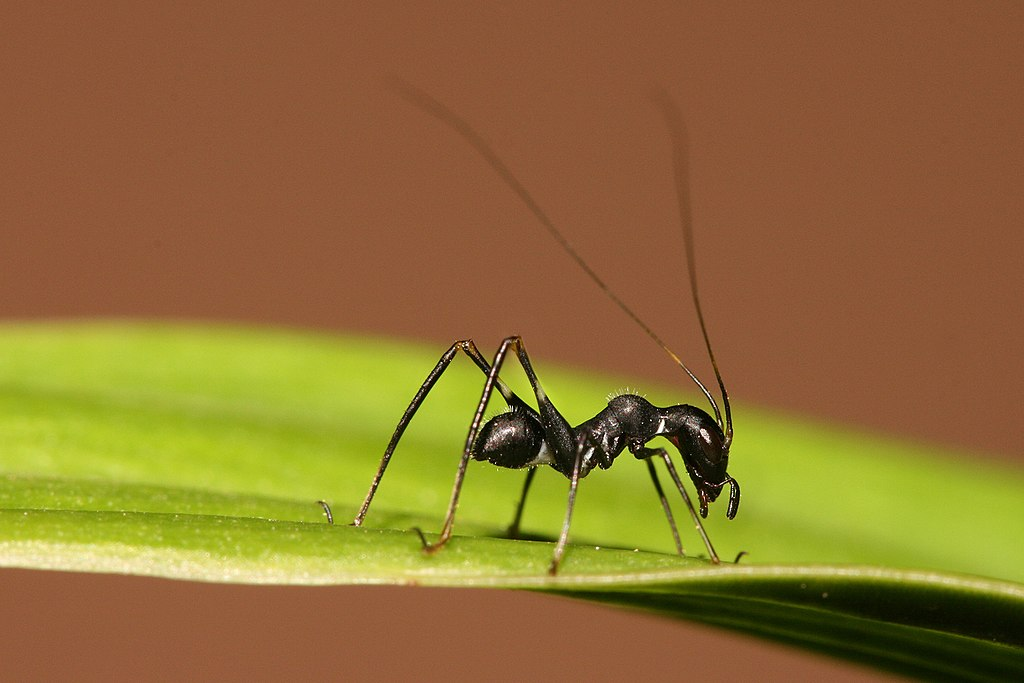Tag: Mimicry
-

Tracheal cytotoxin (TCT) is a soluble piece of peptidoglycan (PGN) found in the cell wall of all gram-negative bacteria, but only some bacteria species release TCT including Bordetella pertussis, Vibrio fischeri, and Neisseria gonorrhoeae
Tracheal cytotoxin (TCT) is a 921 dalton glycopeptide released by Bordetella pertussis, Vibrio fischeri (as a symbiosis chemical), and Neisseria gonorrhoeae (among other peptidoglycan-derived cytotoxins it produces). It is a soluble piece of peptidoglycan (PGN) found in the cell wall of all gram-negative bacteria, but only some bacteria species release TCT due to inability to recycle this piece of anhydromuropeptide. History In 1980, it was discovered that B. pertussis could attach to hamster tracheal epithelial (HTE) cells, and also, that…
-
The adrenal medulla is the principal site of the conversion of the amino acid tyrosine into the catecholamines; epinephrine, norepinephrine, and dopamine
The adrenal medulla (Latin: medulla glandulae suprarenalis) is part of the adrenal gland. It is located at the center of the gland, being surrounded by the adrenal cortex. It is the innermost part of the adrenal gland, consisting of chromaffin cells that secrete catecholamines, including epinephrine (adrenaline), norepinephrine (noradrenaline), and a small amount of dopamine, in response to stimulation by sympathetic preganglionic neurons. Structure The adrenal medulla consists of irregularly shaped cells…
-

Ants and aphids
Some species of ants farm aphids, protecting them on the plants where they are feeding, and consuming the honeydew the aphids release from the terminations of their alimentary canals. This is a mutualistic relationship, with these dairying ants milking the aphids by stroking them with their antennae. Dairying ants also milk mealybugs and other insects. Although mutualistic, the feeding behaviour of aphids is altered by…
-

Ant-mimicking Orthoptera: Crickets, grasshoppers etc.
Batesian mimicry Young instars of some Orthoptera, such as the bush cricket Macroxiphus sumatranus, have an “uncanny resemblance” to ants, extending to their black coloration, remarkably perfect antlike shape, and convincingly antlike behaviour. Their long antennae are camouflaged to appear short, being black only at the base, and they are vibrated like ant antennae. Larger instars suddenly change into typical-looking…
NOTES
- 🧬 Disease Table with Low Sodium Connection
- 🧂 Sodium Reduction and Sodium Replacement: A History of Reformulation and Exploding Diseases, Including Many Diseases Unheard of Before Deadly Sodium Policies
- 🧂 The DEADLY 1500 mg Sodium Recommendation predates the WHO’s formal global sodium reduction push by nearly a decade (and it’s even worse than that)
- 🧬 What Is Beta-Glucuronidase?
- When Sugar Was Salt: Crystalline Confusion and the Covenant of Sweetness
Tags
ADAM ASPARTAME Birds Blood Bones Brain Bugs Cancer Columba Cows crystallography Death Death cults Eggs Etymology Gastrin Gold Growth hormone History Hormones Insulin Liver Mere Perplexity Metal Monkey Business Mythology Paracetamol Plants Poison Pregnancy Protein Religion Reproduction Rocks Salt Slavery Snakes Sodium the birds and the bees Thiocyanate Tobacco Tylenol Underworld Venom zinc

